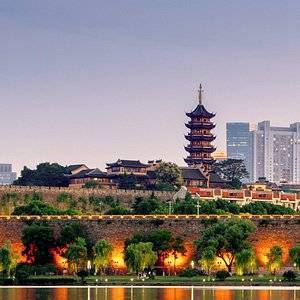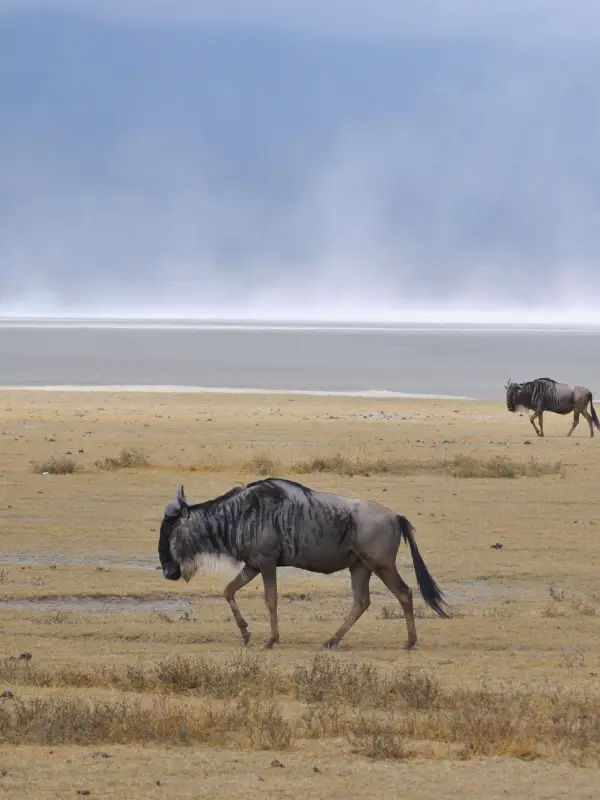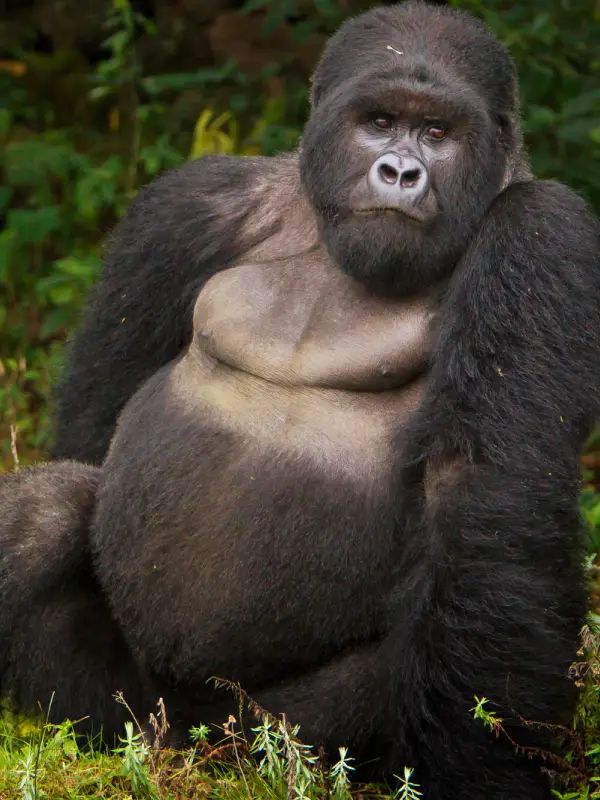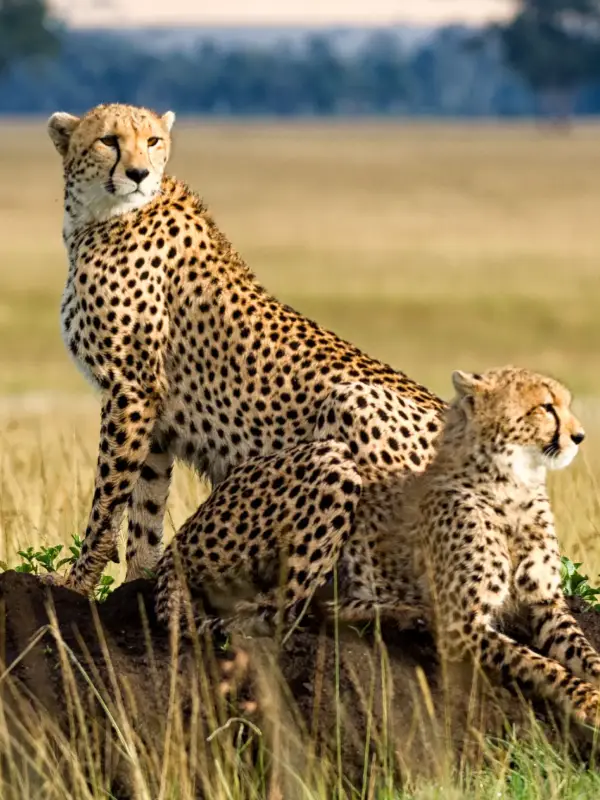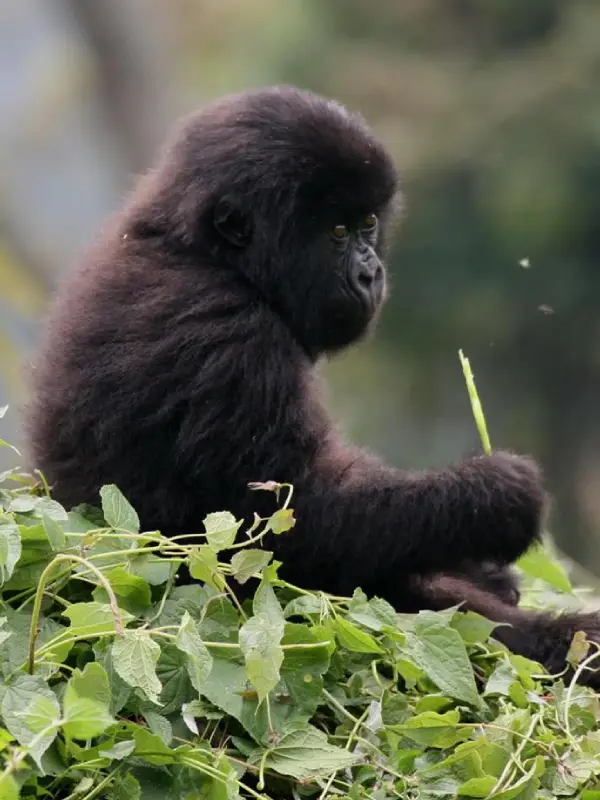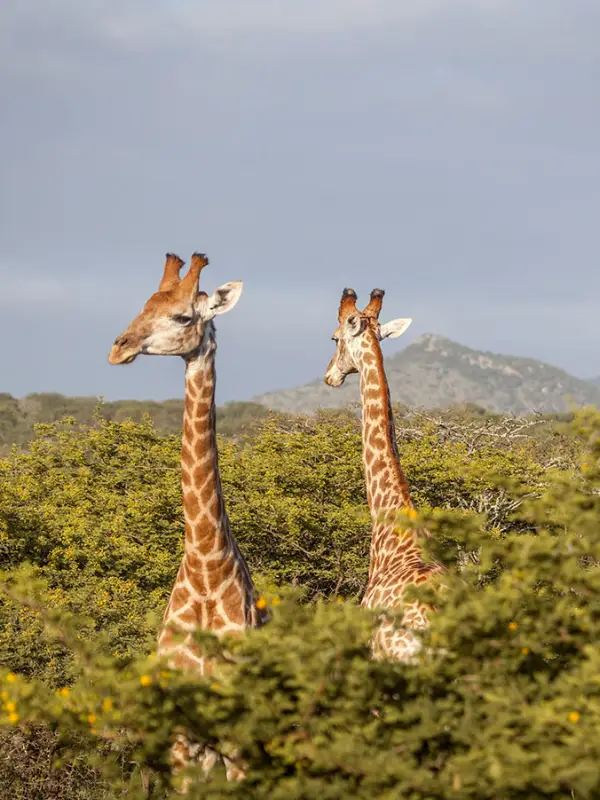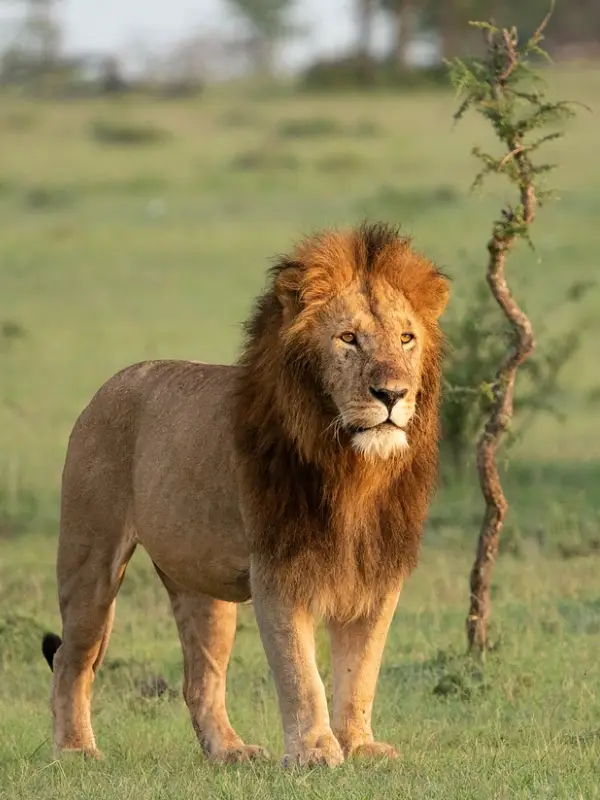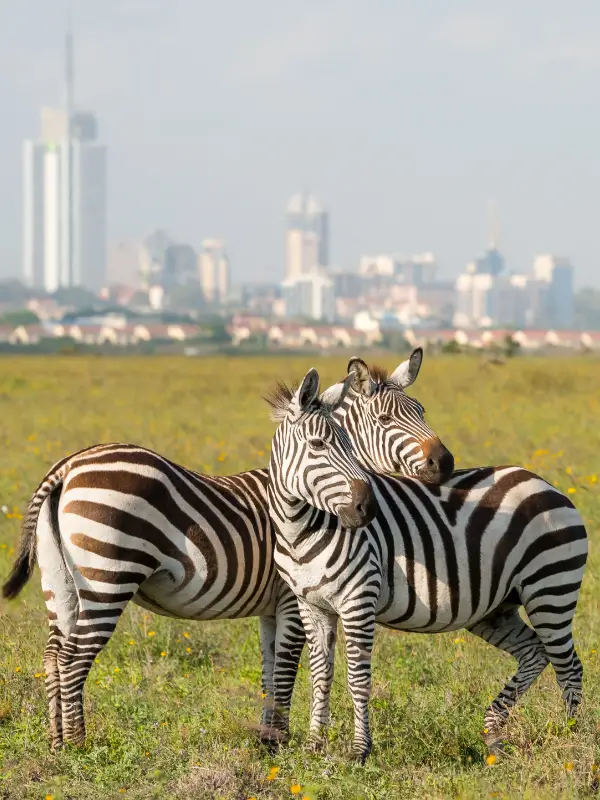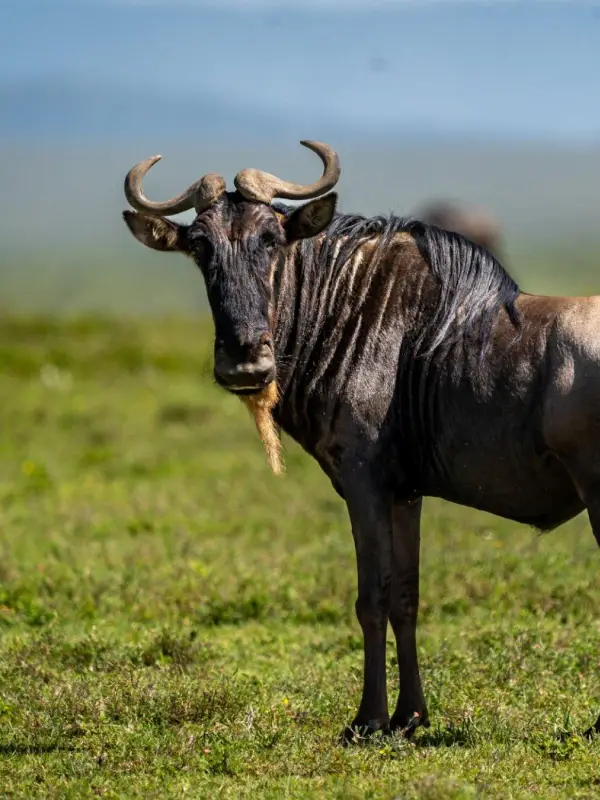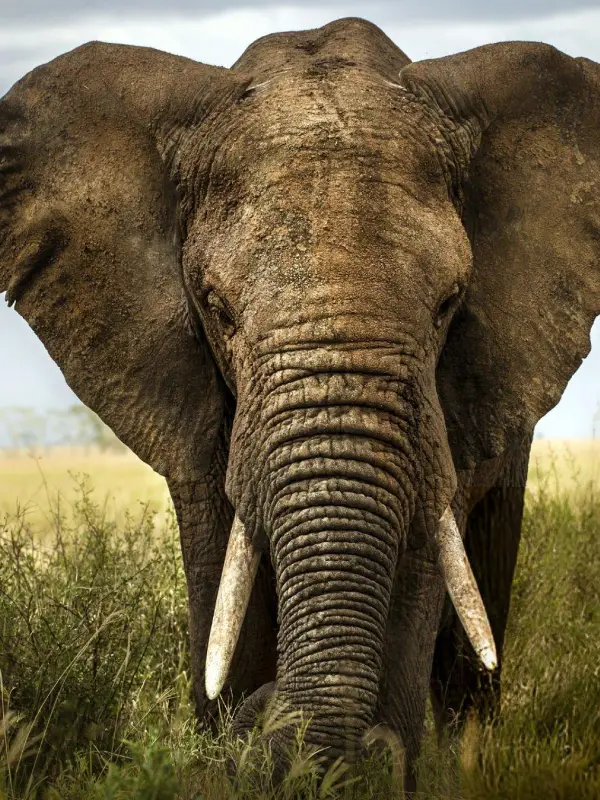Tanzania
Ngorongoro Crater
Ancient caldera, rich wildlife, and breathtaking views in Ngorongoro.
Ngorongoro Crater, a vast volcanic caldera, is a wildlife haven unlike any other. Its grasslands, soda lake, and forested rim shelter lions, rhinos, elephants, and flamingos, offering spectacular game viewing in one of Tanzania’s most iconic safari destinations.
Area
260 sq km
Established
1959
Location
Northern Tanzania
Altitude
1,800 - 2,286 m
Area
260 sq km
Established
1959
Location
Northern Tanzania
Altitude
1,800 - 2,286 m
Nature’s Grand Amphitheatre in the African Wilderness
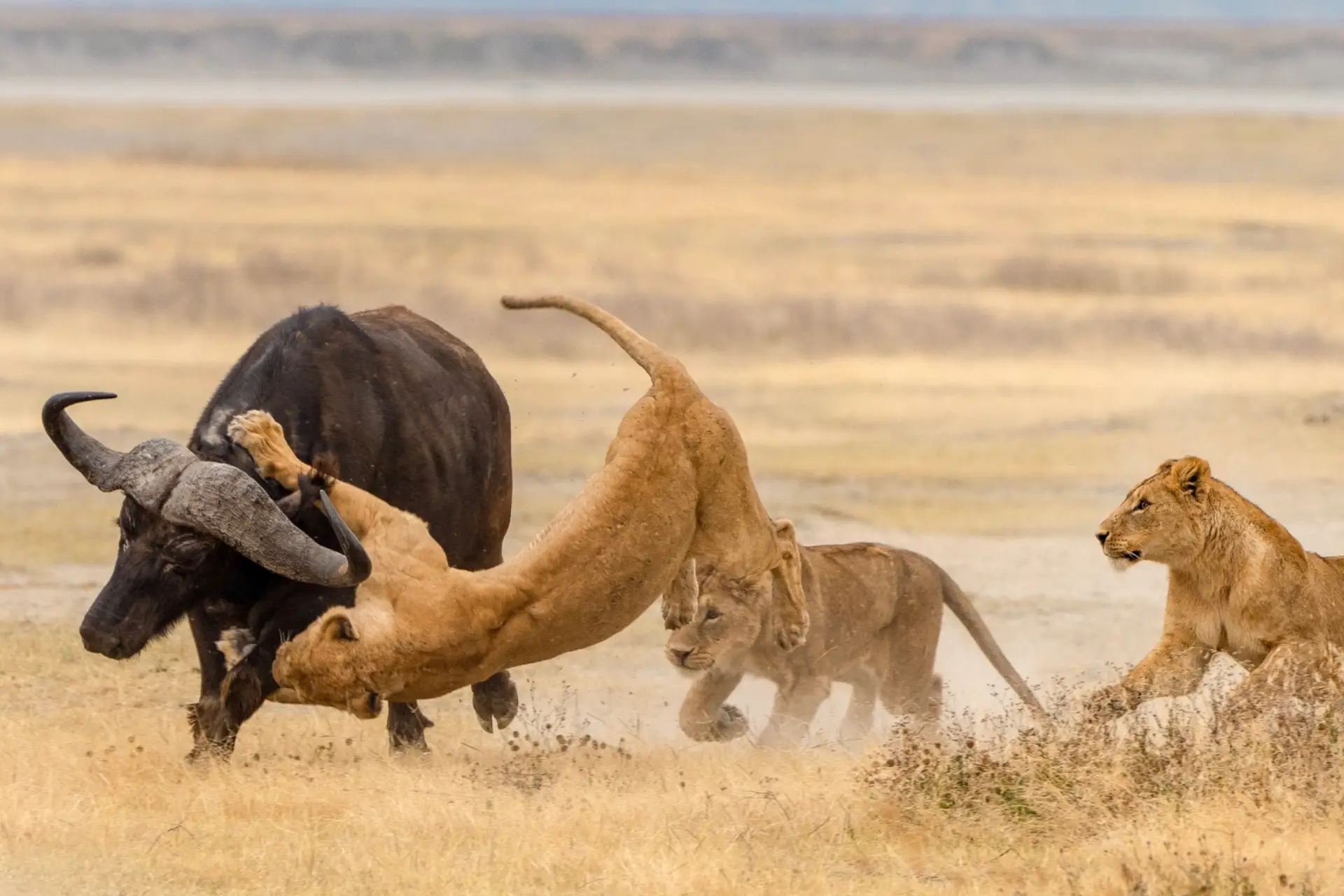
Thousands of flamingos flock to Lake Magadi’s pink-tinged waters, which look amazing against the high cliffs of the crater. The rim itself has the best panoramic views of the regions below.
The Maasai people live in the crater and graze their animals alongside wild herds, which makes it even more special. The UNESCO World Heritage Site Ngorongoro is a treasure worth exploring because of how well human culture and nature work together.
Ngorongoro Crater is a geological wonder that was formed by volcanic activity millions of years ago. It is currently one of Africa’s incredible wildlife refuges. The caldera is so enormous and uninterrupted that it forms a natural enclosure full of life.
There are a lot of different kinds of animals that live on the crater floor, which has expansive open grasslands, acacia trees, and a sparkling soda lake. You may see big elephant bulls, black rhinos that are at risk of going extinct, and some of the densest lion populations on Earth here.
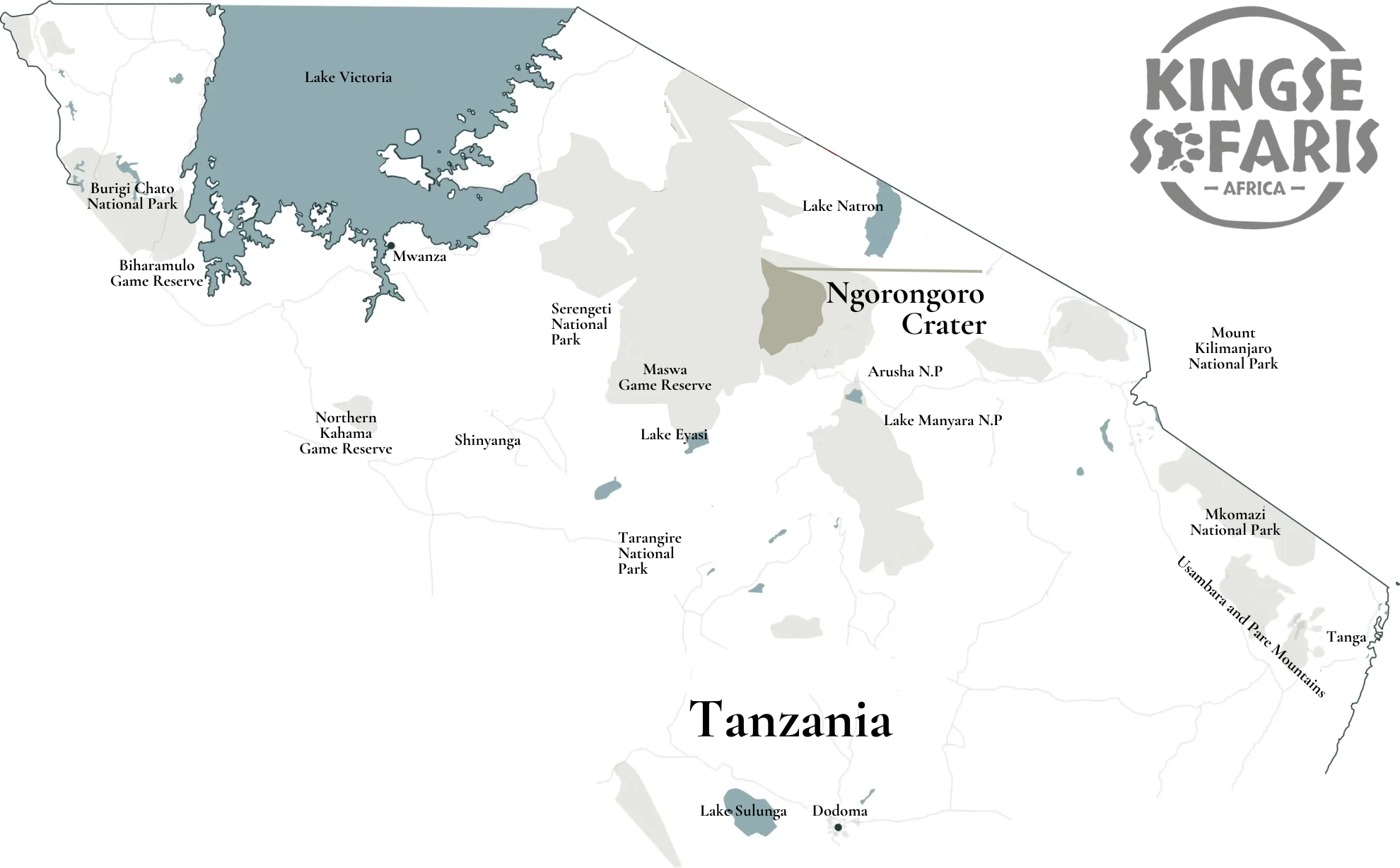
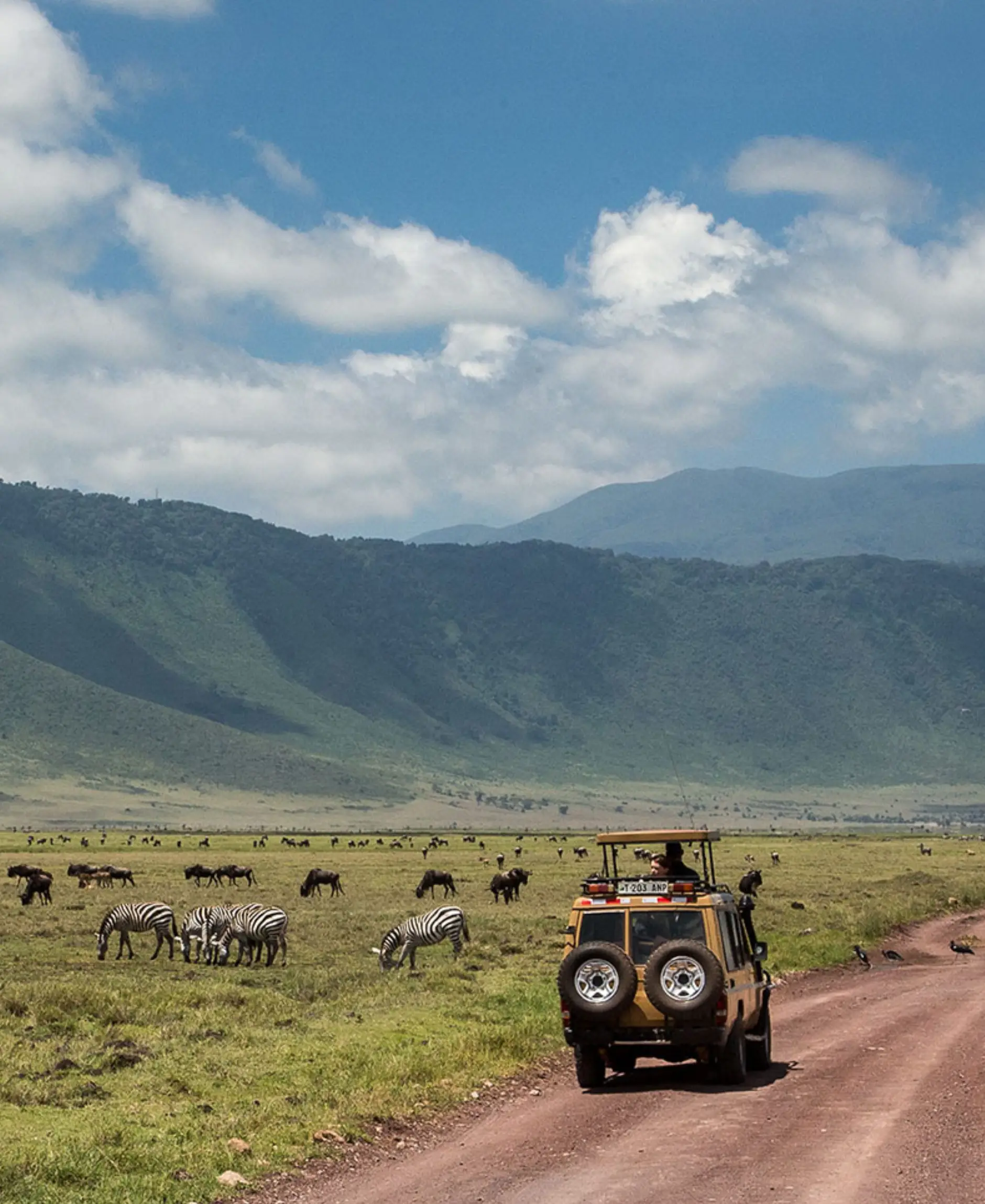
Best Time To Visit Ngorongoro
Ngorongoro Crater offers exceptional wildlife viewing year-round, but June to October provides the most apparent sightings. Wet season months from November to May add lush beauty, with April and May being the quietest.
Best Time
June to October
High Season
July to March
Low Season
April and May
Best Weather
June to October
Best Time
June to October
High Season
July to March
Low Season
April and May
Best Weather
June to October
Discover East Africa's Best Safari Packages
7 Days Tanzania Safari
5 Days Rwanda Safari
7 Days Kenya Safari
7 Days Uganda Safari
Why Ngorongoro Crater Should Be on Your Bucket List
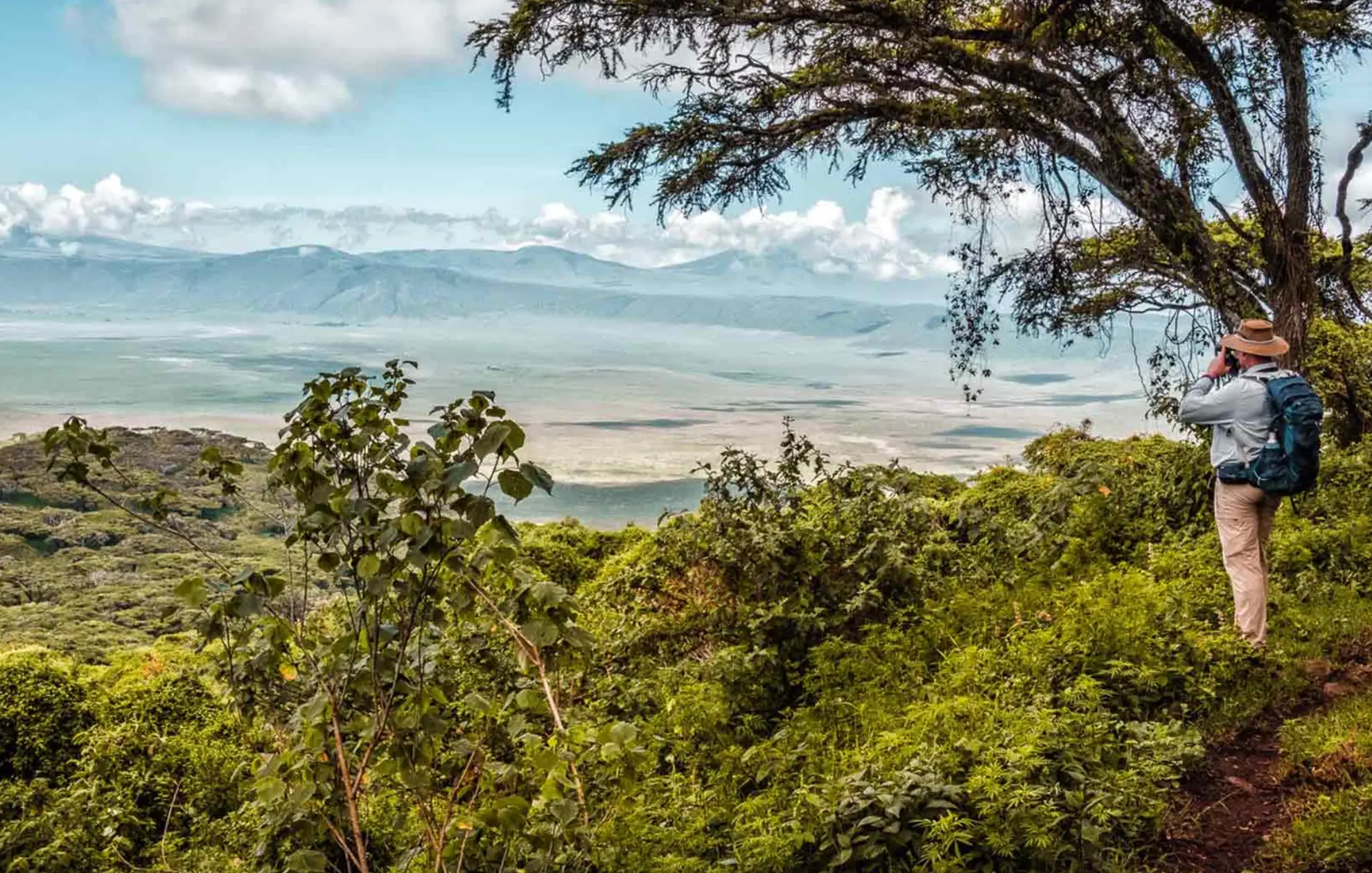
The area is also called “the cradle of humanity,” with nearby Olduvai Gorge offering archaeological evidence of early human evolution. This makes it as much a cultural and historical treasure as it is a wildlife sanctuary.
For travellers seeking diversity, Ngorongoro provides it all, dramatic landscapes, rich biodiversity, and a glimpse into humankind’s past. Few places in Africa bring nature and history together so seamlessly.
Visiting the Ngorongoro Crater is about more than seeing wildlife, it’s about stepping into a living masterpiece of nature and history combined.
Recognized as a UNESCO World Heritage Site since 1979, the crater is celebrated not only for its immense beauty but also for its role in preserving endangered species. Its volcanic origins created an enclosed ecosystem where animals thrive undisturbed, making it one of the most unique safari experiences on Earth.
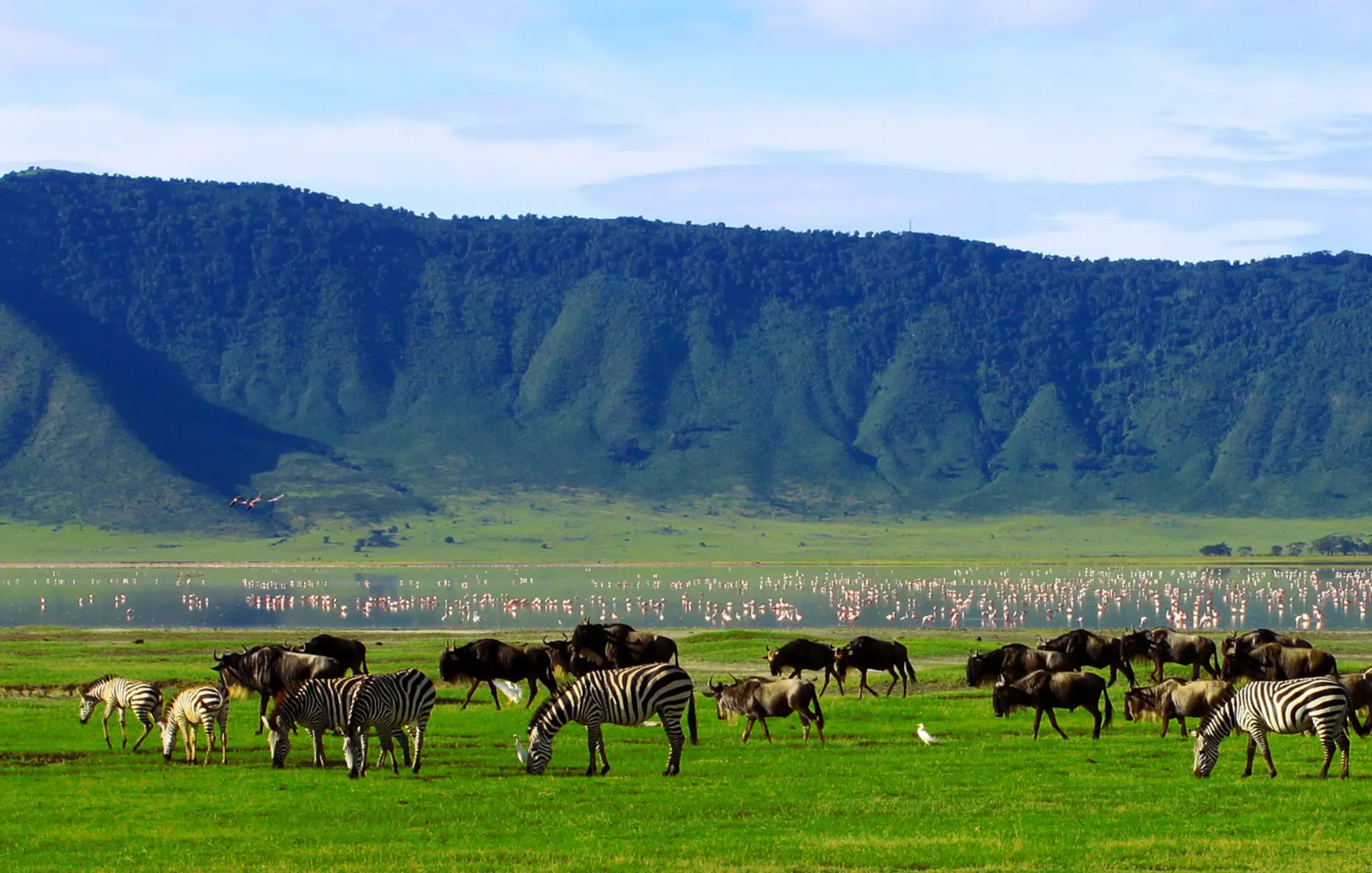
Tanzania Safari FAQs to Guide Your Dream Adventure
It can be overwhelming to plan a safari in Tanzania, but we’ve made it easier for you. Here are the most common questions that people have before going to East Africa’s most famous wildlife destination.
What makes Tanzania different from other safari destinations?
Tanzania is one of Africa’s ultimate safari destinations thanks to its sheer diversity. The Serengeti hosts the world-famous Great Wildebeest Migration, Ngorongoro Crater offers a unique chance to see the Big Five in one day, Mount Kilimanjaro promises iconic trekking adventures, and Zanzibar adds beach relaxation after a wildlife-filled safari.
Do I need a visa to visit Tanzania?
Yes, most travelers require a visa to enter Tanzania. You can apply for an e-visa online before travel or get one on arrival at airports such as Kilimanjaro International or Dar es Salaam.
The single-entry tourist visa usually costs $50–$100, depending on your nationality, and allows a stay of up to 90 days. Make sure your passport is valid for at least six months from your date of entry.
When is the best time to see wildlife?
Tanzania is fantastic year-round, but wildlife viewing is especially good in the dry season (June–October), when animals gather around rivers and waterholes.
If you want to witness the Great Migration River crossings, July to September is ideal.
For those interested in birdwatching and calving season (when wildebeest give birth), January–February is excellent.
Green season (March–May) brings lush scenery, fewer crowds, and lower prices, though some rains may limit movement.
What vaccinations or health precautions should I take?
If you are going to or passing through a place where yellow fever is a concern, you need to get a yellow fever vaccination. It is very important to avoid getting malaria, so talk to your doctor about the best medicine to take.
It’s also a good idea to keep up with your usual vaccinations, like those for hepatitis A and B, typhoid, and tetanus. During your Tanzania Safari, bring bug spray, drink bottled or filtered water, and keep yourself clean.
What should I pack for a Tanzania safari?
The most important things are comfort and usefulness. Wearing clothes in neutral colours like khaki, beige, or olive helps you blend in with your surroundings and keeps bugs away. Bring light clothing because it can be cool in the morning and evening, but warm in the afternoon. You need strong walking shoes or boots, especially for game walks or hikes. You should bring binoculars, a camera, sunscreen, a hat with a wide brim, bug spray, and reusable water bottles. When going mountain trekking, you need to wear warm clothes and rain gear.
Is Tanzania safe for travellers?
Yes, tourists may feel safe and welcome in Tanzania. National parks are secure, and the guides are experienced specialists. It’s wise to be careful in cities, just like anywhere else. Don’t carry valuables in plain sight, use licensed cabs, and don’t stroll alone at night. Most guests say they feel comfortable, especially when they go on safari with a trusted company like ours.
How much does a Tanzania safari cost?
The Tanzania Safari Cost depends on the level of comfort and duration. On average:
- Budget safaris: $200–$300 per person per day (camping or simple lodges).
- Mid-range safaris: $400–$800 per person per day (comfortable lodges/tented camps).
- Luxury safaris: $1,000+ per person per day (exclusive lodges, private vehicles, luxury experiences).
The price usually covers accommodation, park fees, meals, and game drives. Flights, visas, and tips are typically extra.
When does the Great Wildebeest Migration happen?
The migration is a year-round event as over 1.5 million wildebeest, zebras, and gazelles move in search of fresh grazing. In Tanzania, the action is best between December and July:
- December–March: Calving season in Southern Serengeti.
- April–June: Herds move north through Central and Western Serengeti.
- July–October: Famous Mara River crossings in Northern Serengeti.
By November, herds start returning south. Timing depends on rainfall patterns, but Tanzania always hosts a significant part of the cycle.
Can families with children enjoy a safari in Tanzania?
Of course! Tanzania is an excellent place for families because lodges and camps have family suites, kids’ menus, and activities for young adventurers. You can make game drives shorter, and some camps even feature nature excursions and cultural activities for kids. Kids adore seeing elephants, giraffes, and zebras up close, and parents can relax knowing that the guides are well-trained.
What unique experiences can I try beyond safaris?
Tanzania isn’t just about game drives. You can also:
- Trek Mount Kilimanjaro or Mount Meru for world-class climbing adventures.
- Take a hot-air balloon safari over the Serengeti at sunrise.
- Visit the Maasai and Hadzabe tribes for authentic cultural interactions.
- Explore the spice farms and pristine beaches of
Amazing Activities to Enjoy in Ngorongoro Crater
Full-day Game Drives
Hike remote craters
Visit Maasai villages
Explore Olduvai
More Tanzania Adventures
Experience Tanzania’s Finest Wildlife and Landscapes
Journey through Tanzania’s remarkable destinations with Kingse Safaris Africa. From vast game reserves to tranquil islands, every location offers breathtaking scenery, rich wildlife encounters, and unforgettable moments for travellers seeking authentic East African adventures.
Creating Your Dream Safari, The Way You Want it
Kingse Safaris Africa offers customized tours tailored to your needs. Everything about your trip can be altered to suit your travel style, from the activities to the schedule. Join us and design your dream journey with us!
